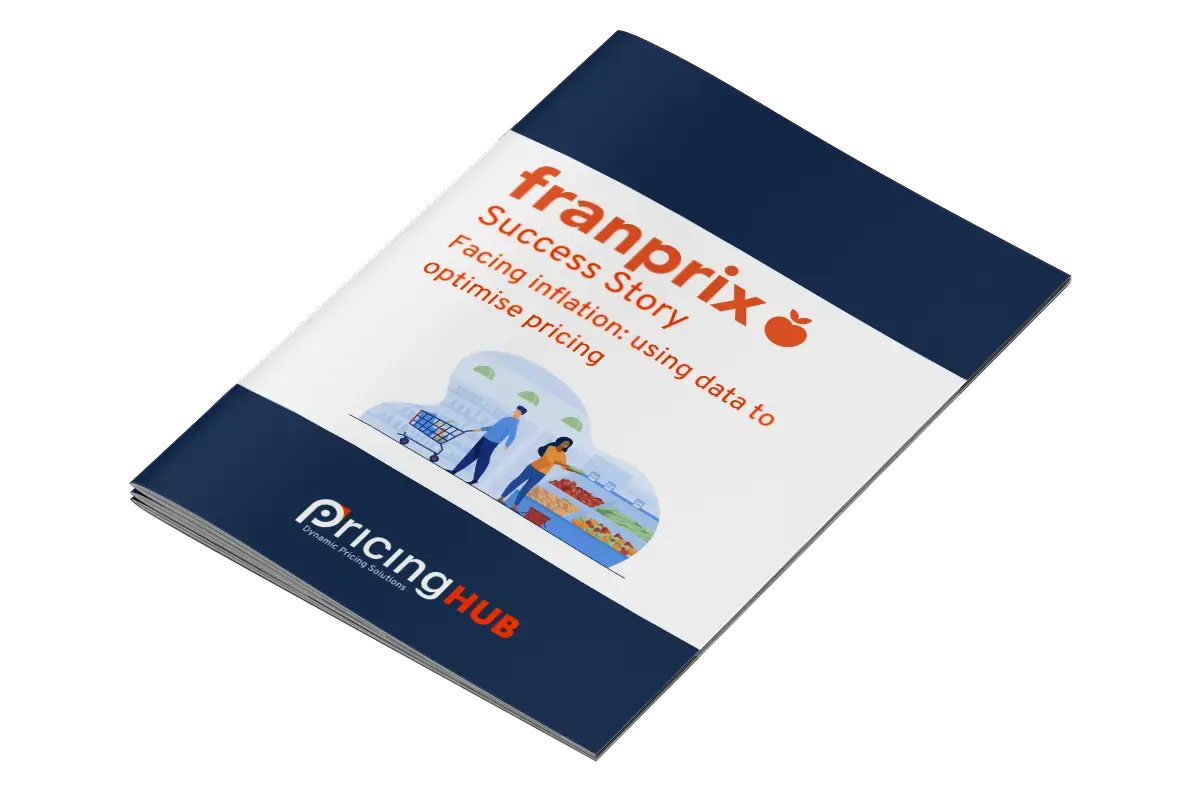Use case Franchisees are free to set their own prices, but the head office must provide them with guidelines if they are to remain competitive on the market. Close collaboration between the head office and franchisees is essential to achieve a balance between flexibility and profitability, thus ensuring the sustainability of the franchise model. You can then use a pricing automation tool to receive transfer price and recommended selling price recommendations. A pricing solution enables you to : The ultimate goal is to automate price optimization for franchisees, so as to have a global pricing strategy for both integrated stores and franchisees. There are 3 main challenges to overcome: The transfer price to franchisees is the most important price to optimize as part of a franchisee pricing strategy. We dynamically construct our pricing recommendations according to the following three parameters: For a major food retailer with a large network of franchisees, we implemented: These achievements have enabled us to achieve a double-digit ROI and an overall improvement in results in terms of margin, sales and volume! Everything about data-driven price optimization in times of inflation Meet with one of our Pricing experts Optimizing transfer prices to franchisees
In order to implement an effective pricing strategy for your franchisees, it is essential to optimize their transfer prices.
The centralization of this approach aims to control margins, both those of the head office and those offered to franchisees, in order to maintain the overall attractiveness of the brand.
Challenges
Calculating three additional prices for franchisees:
Integrate and automate the rules for calculating and sharing the margin on transfer prices to franchisees
Propose price recommendations that are consistent between integrated and franchised stores, and between the different pricing levels of franchised stores.
Set up a simple system for passing on prices to franchisees, enabling them to make their own adjustments manually.
Methodology
Variables: this is the central element defining the recommended transfer price. They can be based on margin sharing, level of competitiveness, etc., and are the basis for building the brand’s strategy.
Management rules: our algorithms use rules based on:
Price ranges: these are groups of stores that receive the same price recommendations. We send transfer price recommendations and recommended selling prices for each price range.
Achievements
Automation of sales impact simulation work at three different levels: warehouse, store and global.
A dual instance to enable separate management of warehouse simulation and daily optimization
Definition of price ranges and product linking to guarantee price consistency
Automated calculation of transfer prices to franchisees
Franprix’s Success Story
Evaluate the potential of price elasticity on your business


